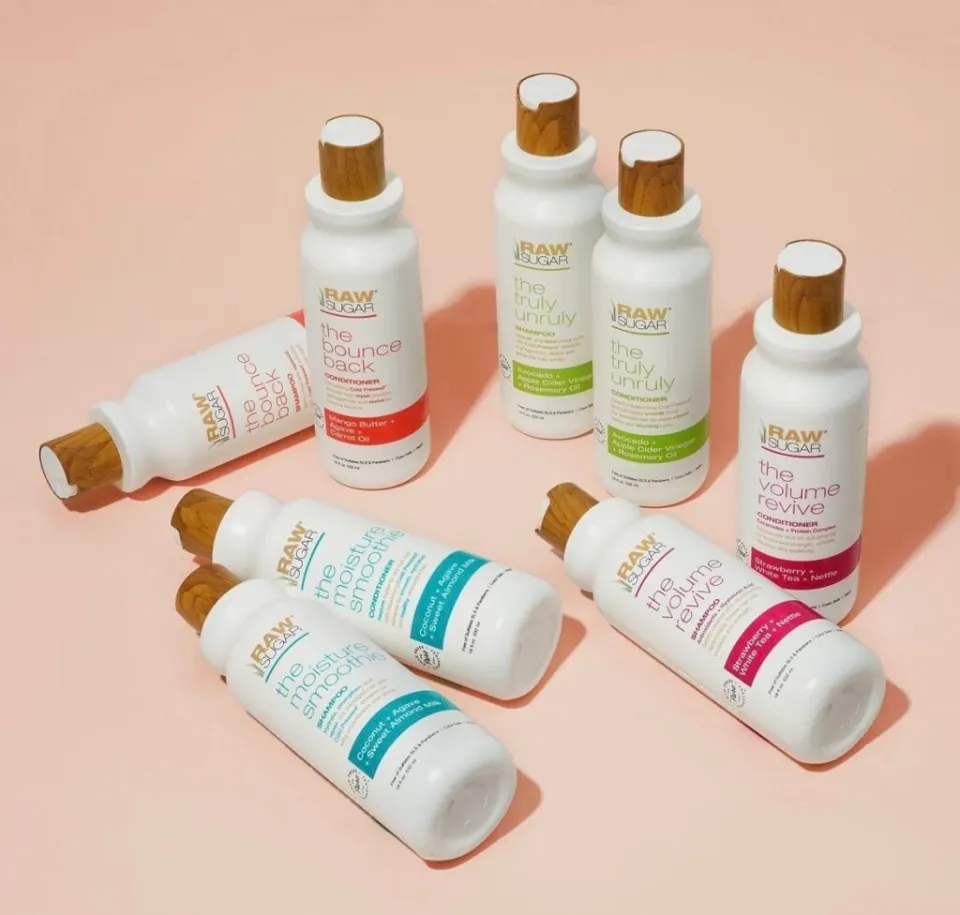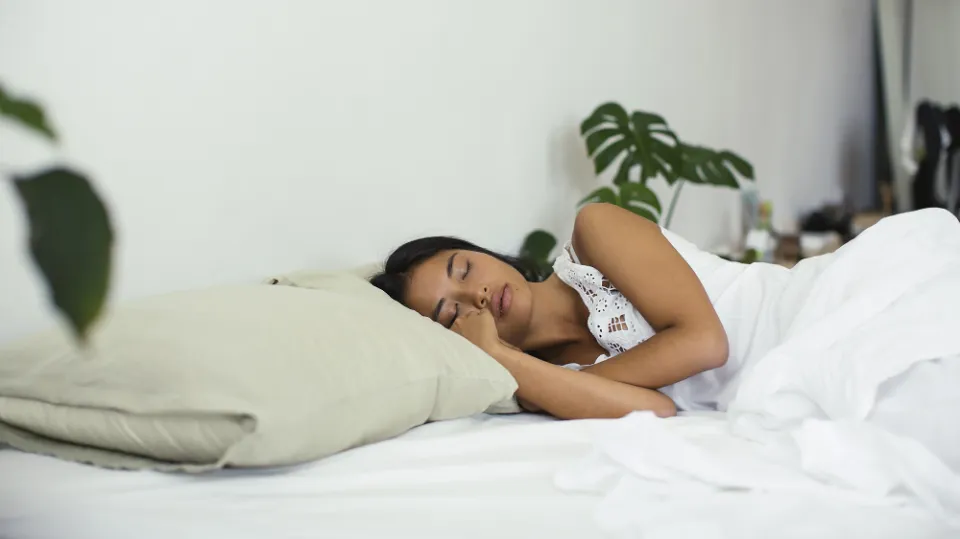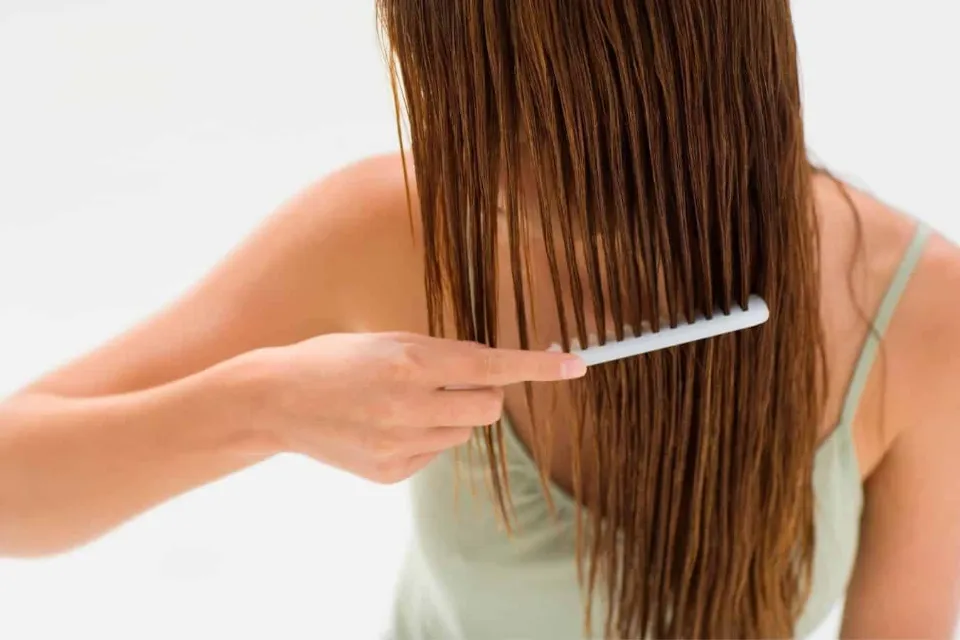Throughout the world, hair coloring has long been a significant component of self-expression and beauty regimens. If you’re curious about exactly when was hair dye invented, you’re in the right place.
Hair dye as we know it today was invented in 1907 by the founder of hair experts Eugene Schueller, L’Oreal.
This article will outline the invention of hair dye’s exact date as well as its advancements over time.
When Was Hair Dye Invented?
Since ancient civilizations, people have colored their hair with a variety of natural ingredients, which has given hair dye a long and fascinating history.
Since the days of the cavemen, people have colored their hair. There is proof that even the earliest humans colored their hair with naturally occurring pigments.
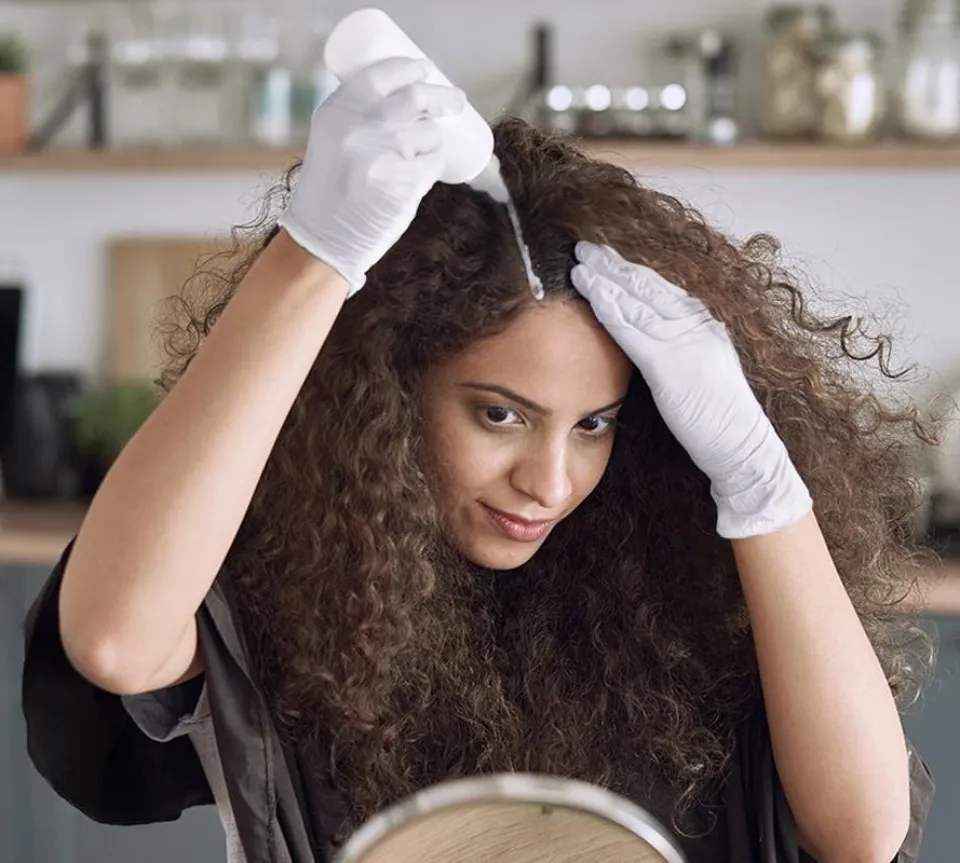
However, modern hair colorants and dyes weren’t invented until much later. The first commercial hair dye was created in 1907.
Who Invented Hair Dye?
Since the earliest civilizations, people have been dying their hair with a variety of natural chemicals.
In contrast to the ancient Egyptians, who used henna to dye their hair and nails, the Greeks and Romans, for instance, used indigo.
Eugene Schueller, a French chemist, did not create the first commercial hair dye until the turn of the 20th century.
Schueller, who invented hair dye, was a young chemist who had just graduated from the École de Chimie Paris when he founded the company L’Oréal in 1907.
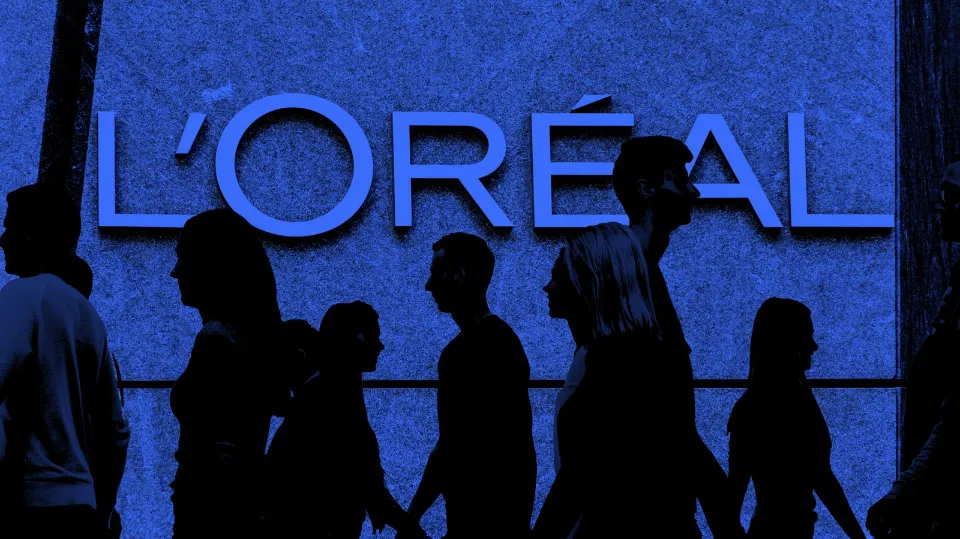
His intention was to develop a less harmful, safer replacement for the then-commonly used toxic hair dyes.
He succeeded in creating a hair dye made from coal tar, which he called “Aureole.”
When aureole was first offered to hairdressers in 1909, it was quickly adopted because of its efficiency and comparatively low risk.
The History of Hair Dye: First Modern Hair Color
With the development of synthetic hair dye, the history of modern hair dye began. William Henry Perkin, an English scientist, made the unintentional discovery of the first synthetic dye.
In an effort to find a malarial cure, Perkin was using coal tar. He started using alcohol to clean his flask after a failed experiment.
It turned a deep shade of mauve when alcohol was added to the solution. The idea of commercializing this novel pinkish-purple color immediately piqued Perkin’s interest, who enjoyed painting.
His production was quickly increased, and he started marketing Mauveine as the new dye. This mauve dye was further processed into para-phenylenediamine (PPD) by August Wilhelm von Hofmann in 1854.
Your hair will have long-lasting, natural-looking color thanks to the color-changing molecule PPD. Due to PPD’s high efficiency, many contemporary permanent hair dyes still include it as a key ingredient in their formulations.
The first commercial hair dye, Aureole, was created in 1907 by Eugene Schueller using PPD as its foundation. L’Oreal eventually replaced Aureole as the company’s name.
The Hair Dye Revolution
A few decades later, in 1950, New York chemist Lawrence Geld created a hair color that penetrated the hair shaft. This was the origin of the well-known hair and cosmetics brand Clairol, which is still around today.
His introduction of Miss Clairol Color Bath, the first hair dye that could color hair in just one step, revolutionized the hair color industry in 1950.
Without using hair-frizzling bleach, Miss Clairol Color Bath could lighten and tint hair in one step.
Sadly, dyeing your hair became somewhat taboo in society during the Roaring Twenties. People began to think that coloring your hair is fake and only done by “loose women.” Ridiculous!
When Miss Clairol’s Color Bath arrived some thirty years later, the stigma was finally starting to fade.
Hair Dyes Today
With the advent of coloring techniques like highlights, balayage, and ombre in the 2000s, placement became just as significant as color.
Additionally, natural colors are no longer the only ones available for hair coloring. There are brilliant rose golds, electric greens and blues, neon pinks, and neon neons. Even some dyes that react to UV light glow in the dark!
There is no doubt that modern hair dyes are more effective than their historical counterparts. They are more dependable, last longer, and are kinder to your hair.
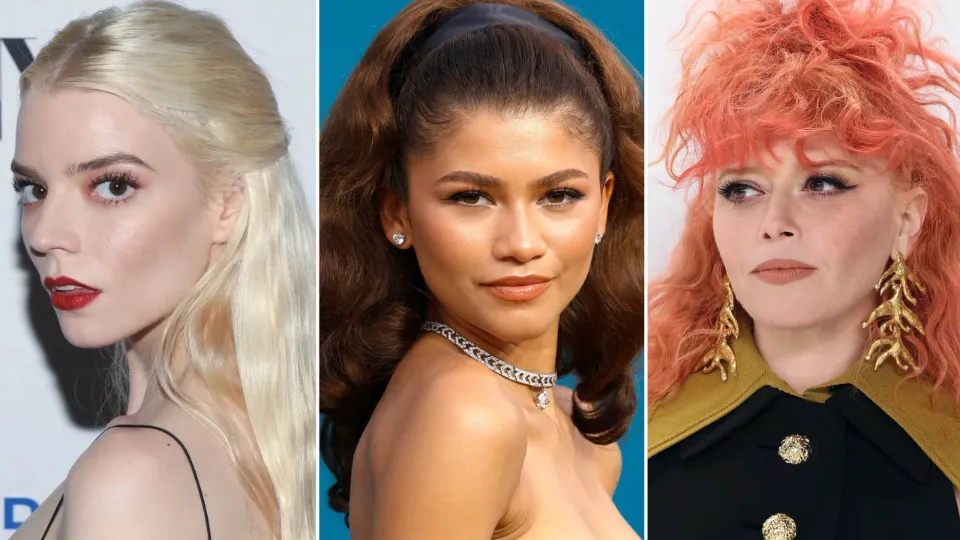
Regrettably, questions remain regarding the safety of modern hair dye formulas. PPD, resorcinol, metallic salts, and ammonia are just a few of the harmful ingredients that many brands still use.
Sadly, the side effects don’t just affect your hair. Some of these components have been connected to cancer and endocrine disruption, two serious health risks. But consumer expectations evolve over time.
Customers have been requesting cleaner formulas that move away from the origins of industrial dye in coal tar. However, more people than ever are experimenting with their hair color, both inside and outside of the salon.
Read More: Does Hair Dye Expire?
Final Words on When Was Hair Dye Invented
We hope this article has helped shed some light on how hair dye has transformed over the centuries
It turns out that hair dye has been used for centuries! And yes, it’s likely that cavewomen occasionally covered their hair’s gray strands or roots with mud.
How they survived without it is beyond our ability to even fathom!
FAQs about When Was Hair Dye Invented
These are some of the most typical inquiries regarding the creation of hair dye.
When Was Blue Hair Dye Invented?
In 1924, the first celebrity hairstylist, The hair of Mr. Antoine’s dog was colored blue.
What Was the First Natural Dye?
Animals served as the source of the first natural dye. The sea snails’ eggs are where it originated.
What is the Oldest Dye?
Indigo is the oldest dye. They used it to color their textiles as early as 3000 BC, and it comes from Peruvian civilizations.
What Did Native Americans Use for Dye?
Native Americans used a variety of organic materials, such as plants, minerals, and insects, to dye their clothes, textiles, and hair.


